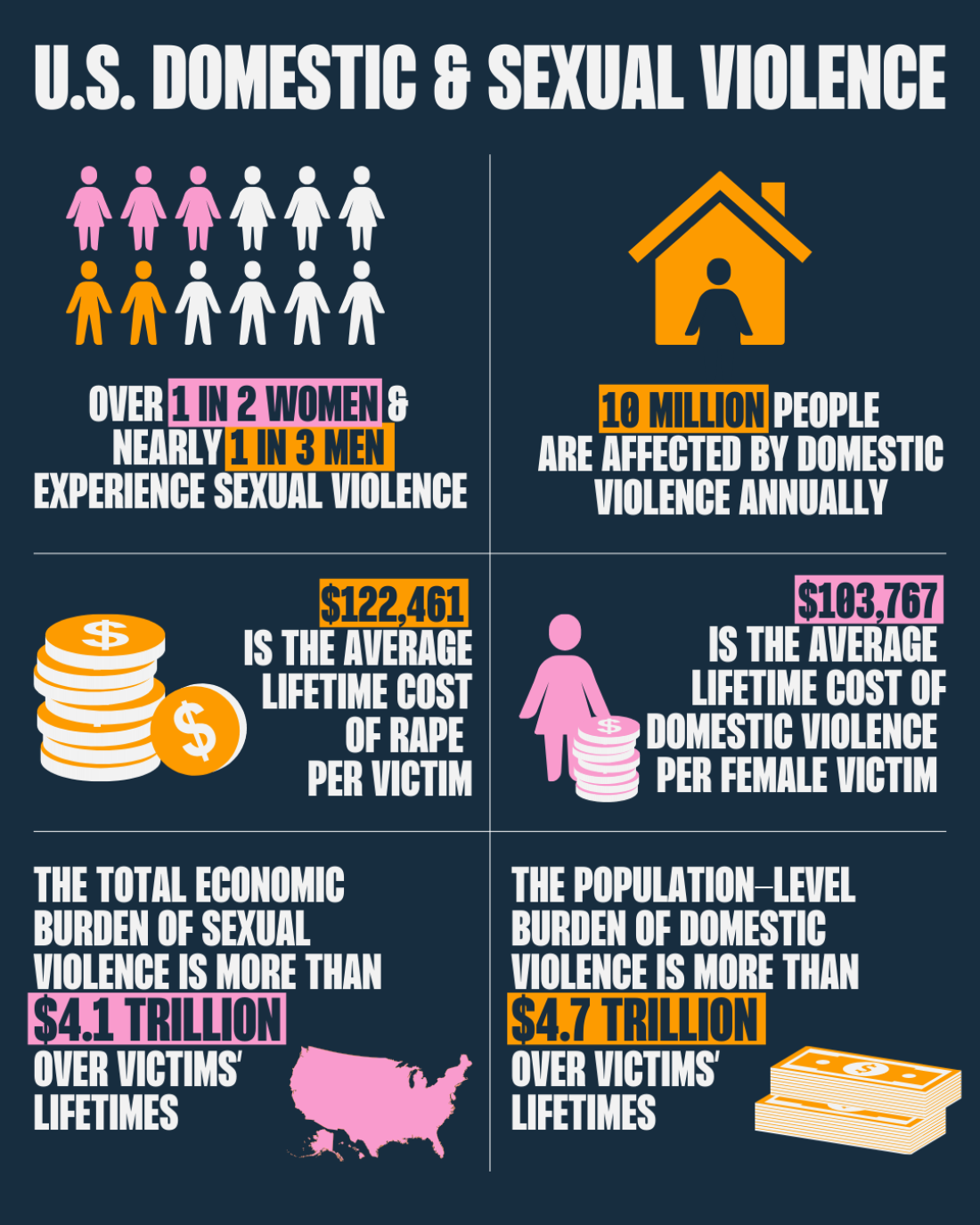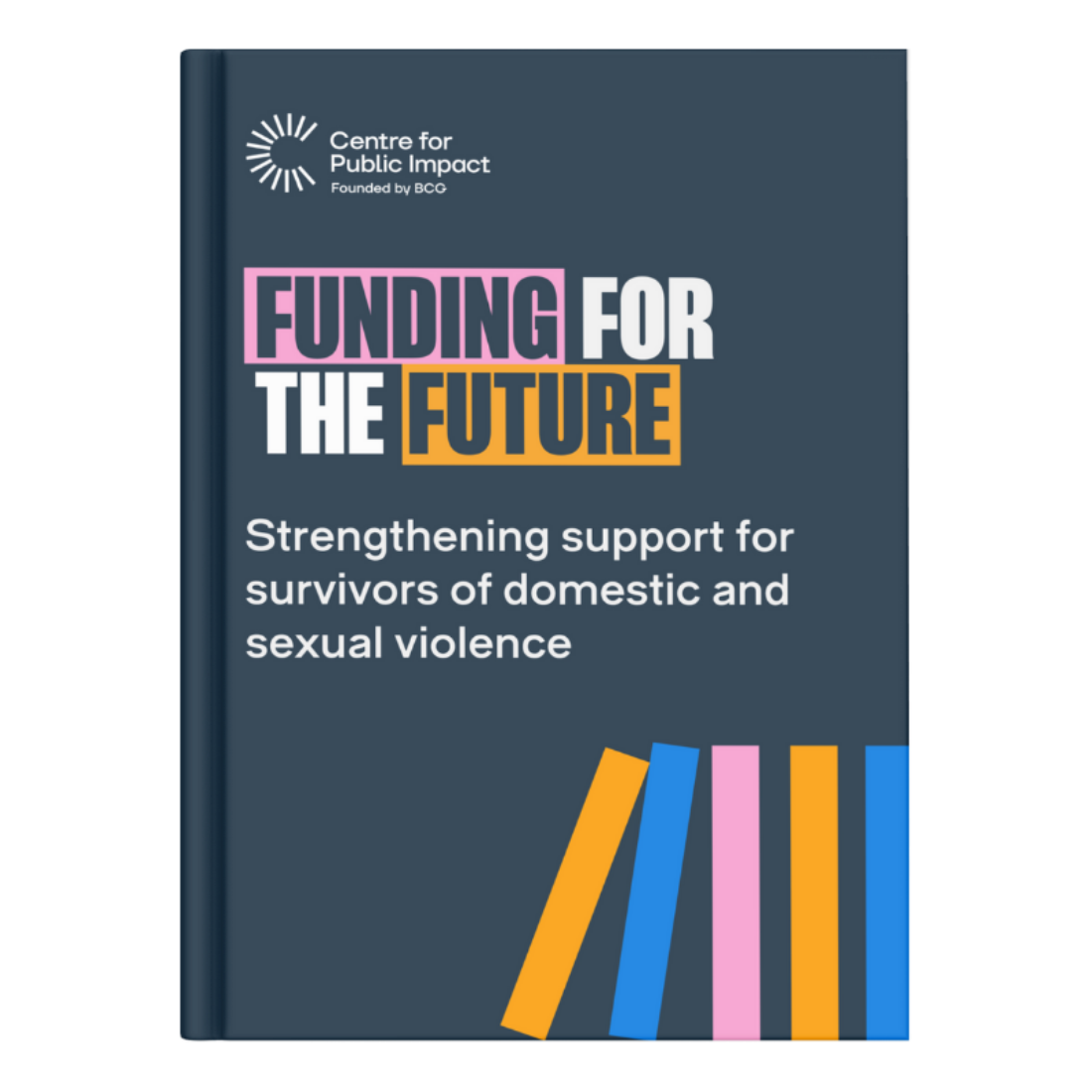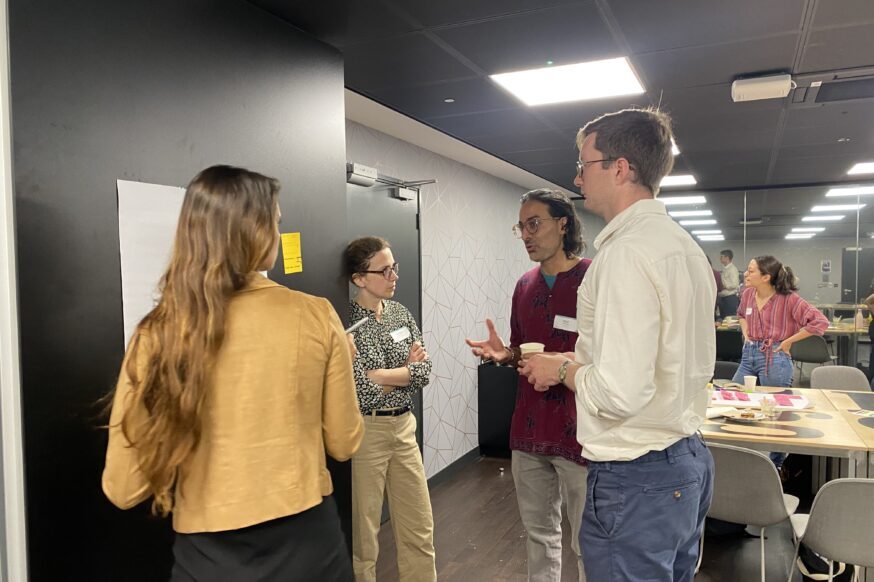The systems and organizations working on sexual and domestic violence are at risk. This is a call to action and a roadmap for transforming how we support survivors and prevent violence.

The toll of domestic and sexual violence on survivors, their families, and society is profound: lasting trauma, mental and physical health challenges, and long-term economic hardship.
Despite these costs, support services remain underfunded. Government funding for domestic violence survivors is just $100 per person—far below what’s needed. Further funding cuts have left organizations unable to meet the growing demand for essential services, and threatens the safety and stability of survivors.
This issue has reached a critical juncture, demanding bold, systemic action to ensure survivors are supported now and in the future.
“We’re not just talking about funding—this is about life and death. People are being forced to stay with their abuser because they have nowhere else to go.”
Event participant
Now is the time to act together
In March 2025, we convened 46 service providers, funders, and government leaders for an action-oriented conversation on the growing crisis in the domestic and sexual violence support and prevention field.
Using systems thinking tools, participants surfaced the deep, structural causes of persistent funding instability and co-created strategies to drive immediate action and long-term transformation.

This report captures the insights from our event, amplifying the voices of those on the frontlines and serving as a critical tool for ongoing work.
It calls for a systems approach to advocacy and funding, recognizing the interconnected forces shaping survivor safety and service delivery.
Actions for lasting change
The conversations highlighted the need to sustain essential services amid a funding crisis and build long-term collaboration and resilience to address the systemic issues that have left the field vulnerable for decades.
These key insights emerged:
- Transform funding models: Move beyond short-term, restricted grants toward long-term, flexible, and survivor-centered investments
- Build unified coalitions to strengthen collective power: Strengthen collaboration among organizations, funders, and policymakers to amplify collective efforts and enhance public awareness.
- Elevate frontline organizations and survivor-informed leadership in decision-making: Ensure decision-making reflects the wisdom of those closest to the work and most affected by it.
- Develop alternative economic and justice models: Move away from punitive systems and explore restorative justice and community-based accountability.
- Strengthen and support the advocacy workforce: Address burnout and turnover with better funding, training, and leadership development.
- Address systemic educational and social inequalities: Tackle the long-standing gaps in housing, healthcare, education, and economic opportunity that shape survivor safety.
- Counter online misogyny and raise public awareness: Combat harmful online narratives, raise public understanding, and promote healthier models of masculinity and support for survivors.
“We’re conditioned to live in crisis. What we’re asking is for people to imagine what a different system could look like—and to fund that imagination.”
Event participant

What’s next?
This report is just the beginning of a deeper exploration into the challenges facing the domestic and sexual violence field.
Together, we can strengthen the field’s foundation by bringing people together, supporting shared learning, and helping ideas turn into action.


